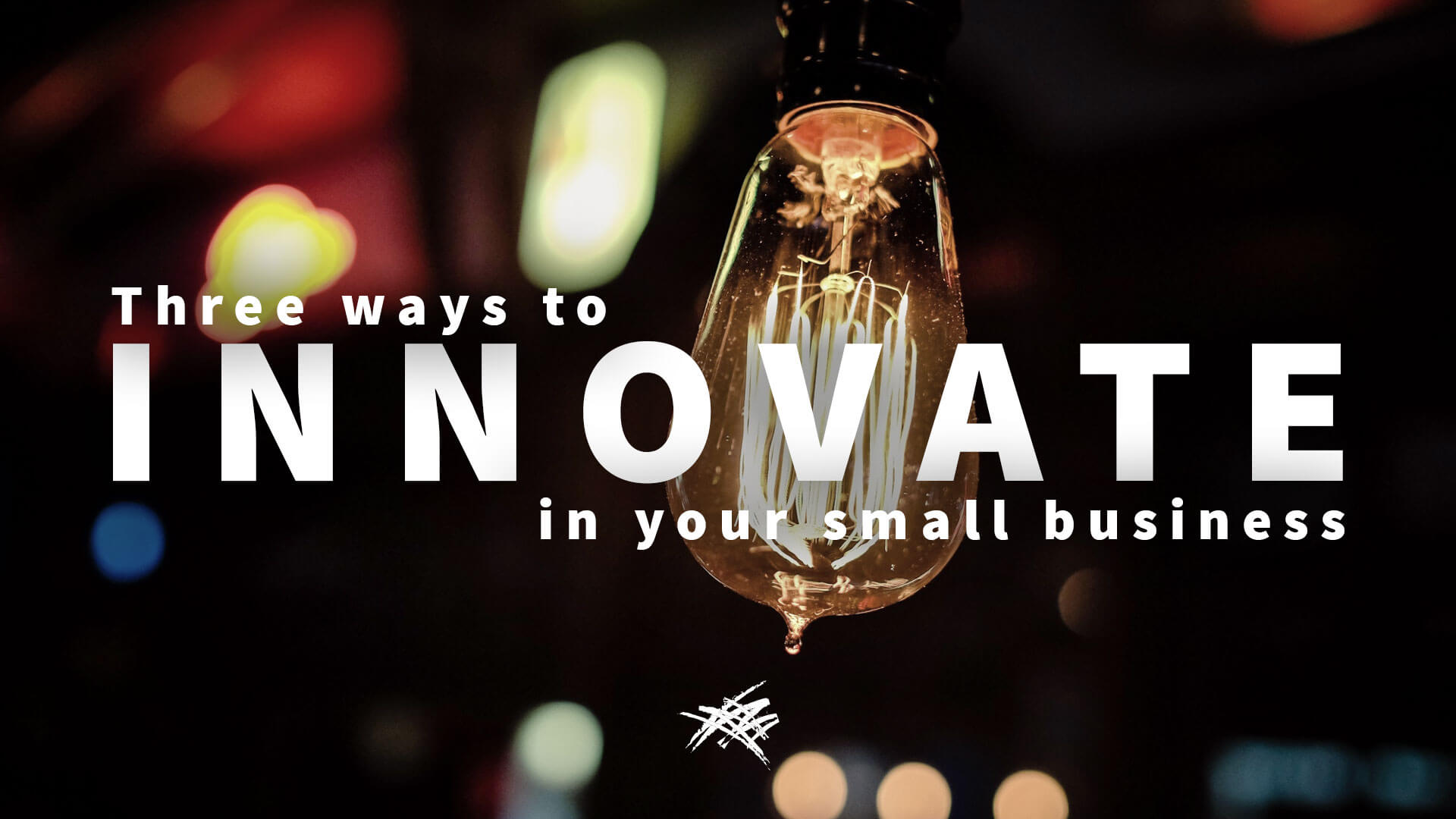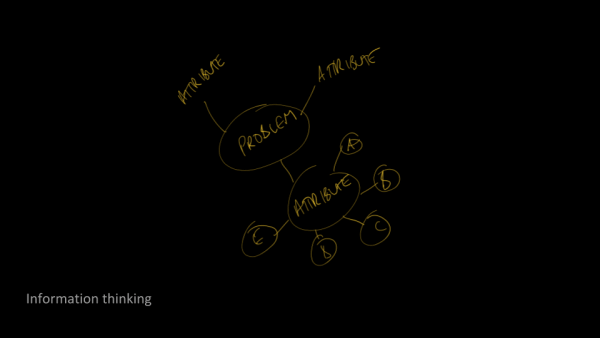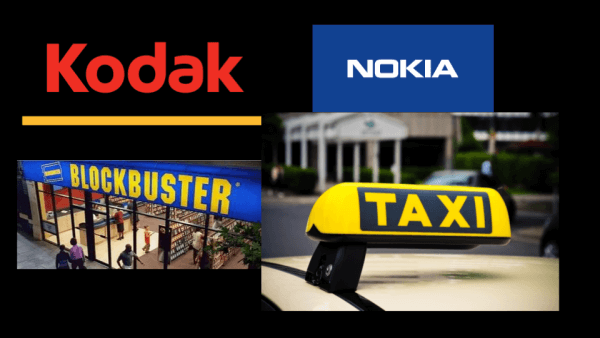Innovation’s one of those buzzwords, it seems, that gets thrown around a lot. Everybody’s talking about innovation this, innovation this. There are departments of innovation. There are government jobs dedicated to innovation.
But what does it actually mean to be innovative inside of your business?
When it comes to innovation, it’s a bit of a throwaway line a lot of times. But in order for you to be innovative within your business, it does require a commitment to it.
There’s a couple of things you need to be aware of, and the first one of that is that innovation requires making mistakes.
If you’re not making mistakes as part of your journey, you’re not really innovating. You’re not trying anything new. You’ve got to be prepared to accept that that’s going to happen.

The image above is Thomas Edison’s first light bulb, or one of them anyway. Now, the story goes that it took him a thousand goes to get this right. And when quizzed about that, he said, well, it wasn’t a waste of time. I learned a thousand ways how it didn’t work. That’s the quote that runs around. I haven’t been able to verify if that’s true or not, but we’ll just run with
So think about that in terms of your business. How many mistakes are you prepared to make within your business in order to get something right? Because sometimes it takes a few goes to get it sorted. You know, if you’re innovating, if you’re pushing boundaries, if you’re breaking new ground, you’ve gotta be prepared to make those mistakes and learn from them to get to where you need to be.
Sometimes those mistakes can be useful and you can learn really useful stuff from them.
A great example of that is Post-It notes. You know, we’ve all seen the 3M Post-It notes, the sticky notes everywhere. They were actually a mistake. At the time, they were trying to build a stronger, better adhesive. And, of course, the adhesive that goes on to the back of the Post-It note is not that at all. But somebody was smart enough to go, hmm, actually, that’s a mistake, but we can use that.
That’s the first point. Innovation really requires making mistakes. You’ve gotta be prepared for that.
The second one is that innovation requires inefficiency within your business.
If you have procedures down pat, and everybody’s following them to the letter of the law and you’re a highly tuned, efficient machine, where’s the innovation going to happen? If everybody’s following procedures exactly and there’s no space for variation, there is no room for innovation.
Now, I don’t think they do this anymore, but Google used to famously have what they call 20% time. So all of their staff had 20% of their time to innovate, to work on side projects and pet projects and see what they could come up with. And that’s produced some fairly famous things. Gmail being one of them was a 20% project.
So can you allow that time? Can you set aside that time to explore different ideas and better ways of doing things?
So innovation’s either gonna require freedom from processes and systems, or you need to allocate time to innovate.
So how do you do that? Well, there’s a number of different ways.

Information thinking
So, one way is what’s called information thinking. So you start off with a problem and that problem will have some attributes.

So you can branch those out, as you can see on the screen at the moment and then from that attribute, you can branch out to attributes from those, and you can keep going until you identify something that you can do something about. That you can take some action on.
Challenge thinking
Another way to do it is what’s called challenge thinking.

So if the norm and the status quo is everything happens this way, just come at it from the complete opposite angle. How does the problem look from the complete opposite point of view?
Be crazy with that because sometimes that’s what will lead to a different way of thinking about it.
Ideal thinking
Another way you can do it is ideal thinking.

So, in a perfect world, in a perfect scenario, what could this thing look like? Now, obviously we don’t live in a perfect world, so actually making that perfect scenario happen might be difficult, but it can at least get you on a path to some steps you can take to maybe get there.
So although innovation’s a word that gets thrown around a lot, it’s not easy.
It requires you to be prepared to make mistakes.
It requires inefficiency.
It requires you to deviate from your business processes or allocate time to deviate from those business processes.
And you might think, well, that’s too hard. I’m not gonna bother. But the alternative isn’t good either.
What if you don’t innovate?
And there’s a number of companies who didn’t innovate and the world just moved past them.

People like to use Kodak as an example just as an interesting side story of a company that didn’t innovate and then went broke. Funnily enough, Kodak did invent the digital camera back in the 1970s. It was a pretty crude device by today’s standards, but they had a digital camera prototype made in the 1970s. But the company execs decided that it would do too much damage to their film business, so it got shelved. What can you do?